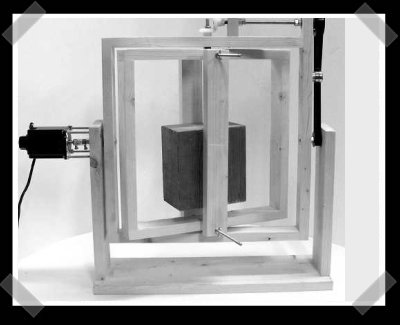
Rotomolding is used to create hollow forms by slowing rotating a mold while the material covers and hardens to the shape of the mold. [ds] built this version using a stepper motor to drive the assembly and a belt drive link An extreme version is used to form whitewater kayaks and other plastics. This thread over at cnczone has a rotisserie oven version that looks ideal for small plastic or wax molding.
Author: Will O'Brien805 Articles
Happy New Year Extra

Goodbye 1167627600 –1199167140 1199163540.
[Justin] is having fun telling everyone that an exploit has been found for the Archos 605 media player. The hack gets you remote root access on the player… need I say more?
[Gene] sent in his polar coordinate based LEGO 3d printer. He’s still working on the driver end, but it’s an interesting project.
[Kyle] sent in the gutting of his flip video camera.
Need some new storage? [forrest] sent in his price/GB price comparison script. It scrapes New Egg and graphs out the results.
Despite the link on our old post being dead, [Txoof] built his own CCFL macro light from a dead laptop LCD.
[Dan] sent in his LED cube matrix. The LEDs are wired in a matrix, so he can actually address them individually.
Frostbot: CNC Cookie Frosting
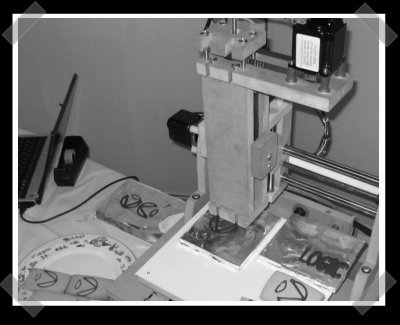
[Brian Schmalz] sent in his Frostbot. It’s a fun CNC bot project that he built to frost cookies for his latest holiday party. He (wussed out a bit) and started with a kit based CNC machine, but he made up for it by driving it with his own control hardware (that sparkfun happens to have for sale). His USB bit wacker interface certainly looks interesting – I might consider adding it in front of the stepper controllers on my cnc mill. Especially interesting is the HPGL interpreter software that converts graphics to stepper commands via the bit whacker interface.
Raid Your Network File Shares
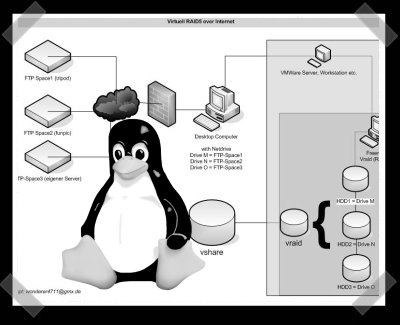
[Motoma] sent in his take on the virtual RAID 5 post. He didn’t like the layered system requirements, so he put together a proof of concept that only requires a Linux box. For his proof, he used a NFS share, a SMB share and did everything from the command line. He didn’t cover FTP, but the Gentoo wiki has a nice cheat sheet for mounting FTP and folders over SSH if you want some alternatives. He uses some very interesting partition tricks to make things happen. If you need some help to get things rolling, the Ubuntu forums software raid how-to is a good place to start.
DIY Wakeboarding Winch
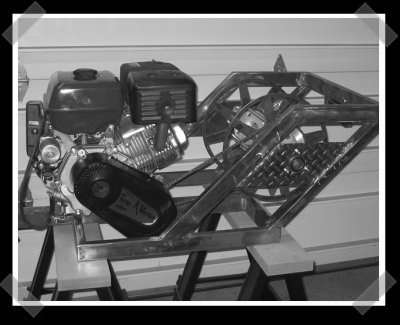
[exhaltingidiotz] is just one of the guys who’s built his own wakeboard winch. These things are pretty low tech, but using a winch to wakeboard has to be one of the most original ideas that I’ve seen in a while. Winches have some interesting advantages over boats: less fuel, no licensing and shallow water that no boat or jet ski would ever work in suddenly becomes usable. Here’s a basic design that’s typical and a simple demo video. The forums are a bit annoying to search for info, so here’s a fantastic winch build writeup.
DIY Home Theater Preamplifier
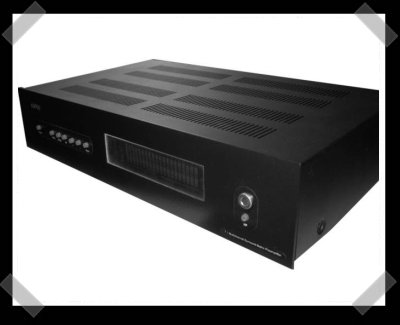
[Dane] built this excellent home theater pre-amplifier. He used [Mark Hennesy]’s pre-amp design to start with, and added selectable XLR, RCA, SPDIF and even USB audio inputs. Discrete inputs from his DVD player provide surround input, and an analog matrix creates 7.1 surround from the 5.1 input. The design is very elegant, and even uses a VFD display that appears blue with some filters. I usually just buy my HT gear, but projects like this make me seriously consider re-building my entire HT from scratch.
Arduino Controlled Espresso Machine
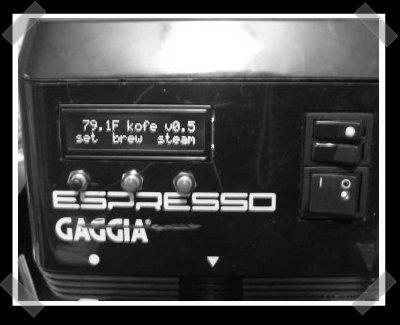
The arduino is really starting to become prevalent for hardware hacking. [Nash] used one to take control of his Gaggia espresso machine. (They’re really decent little machines) He popped in a LCD display, some solid state relays to control the pump and the heating element, and an AD595 to interface a K type thermocouple. It looks like an excellent hack, but for the love of god man – get a better grinder!
He describes the original mod here, and added a small gallery of internal shots here. From the latest comments, it looks like the guys are RepRap project are even interested in the thermocouple PID control that [Nash] implemented.










